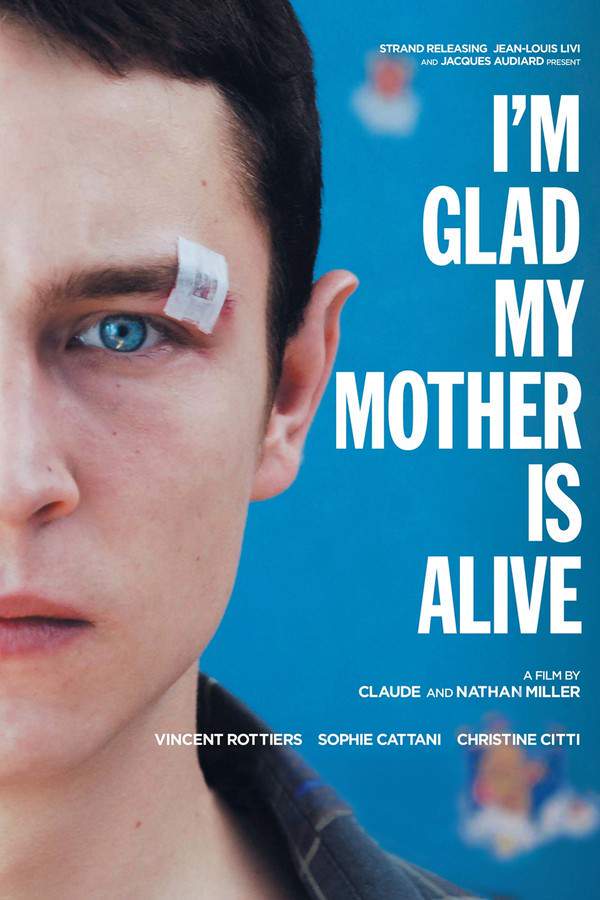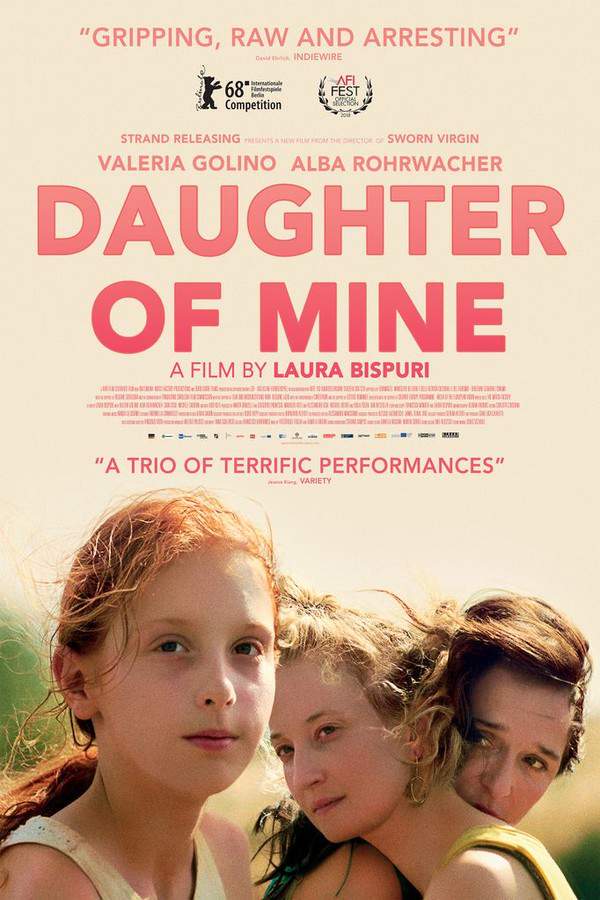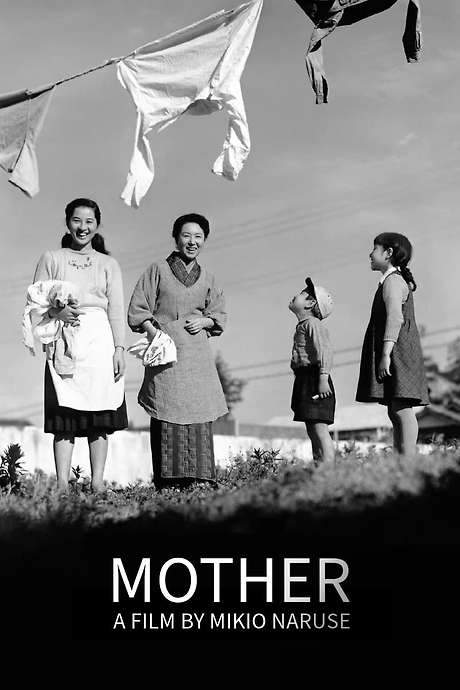
Mother of Mine
Year: 2005
Runtime: 111 mins
Language: Finnish
Director: Klaus Härö
In 1943, nine‑year‑old Eero, whose father was killed in the war, is sent to Sweden, joining thousands of Finnish children placed with foster families. He struggles to adjust to the unfamiliar language and customs, feeling adrift under the care of his foster mother Signe, who expected a daughter and still mourns the child who drowned at sea.
Warning: spoilers below!
Haven’t seen Mother of Mine yet? This summary contains major spoilers. Bookmark the page, watch the movie, and come back for the full breakdown. If you're ready, scroll on and relive the story!
Mother of Mine (2005) – Full Plot Summary & Ending Explained
Read the complete plot breakdown of Mother of Mine (2005), including all key story events, major twists, and the ending explained in detail. Discover what really happened—and what it all means.
Against the backdrop of the Winter War and the Continuation War, the film follows Eero Lahti [Esko Salminen], a Finnish boy who has just returned from Sweden after attending the funeral of Signe Jönsson [Maria Lundqvist], the woman who raised him there. He begins a long, careful conversation with his biological mother Kirsti Lahti [Marjaana Maijala], as they work to clear years of confusion and unspoken hurt and to understand how each has lived with the past.
Biographical history and war-torn hardship shape the family from the start: his biological father Lauri [Kari-Pekka Toivonen] dies on the Finnish front, sending Kirsti into a deep, consuming depression. As the war grows harsher, Eero is sent to Sweden to live with a welcoming Swedish family: Hjalmar Jönsson [Michael Nyqvist], his wife Signe Jönsson [Maria Lundqvist], and a grandfather, Isoisä Ruotsissa [Brasse Brännström], who cannot speak but hears everything. The home offers safety, yet it also plants the seeds of cultural and linguistic distance that will define Eero’s early years away from his birth country.
At first, the arrangement is practical and strained: Eero struggles with the idea of staying, Signe faces the language barrier, and the household dynamics push him toward questions about belonging. Signe’s motivation is complicated by a painful memory—she once lost her six-year-old daughter Elin in a drowning accident, a tragedy that colors her desire for a daughter revived in the care of a boy who has become part of her world. The family’s efforts to bridge two cultures lay the groundwork for a tentative adjustment, as Eero begins to sense a growing warmth in this new environment.
Over time, the initial resistance softens. The Swedish kinship deepens into something more tender and protective: care, attention, and shared routines create a genuine bond between Eero and his Swedish guardians. The once-distant household becomes a second home in many ways, and the relationship between the boy and his caregivers grows into a tight, almost filial closeness that neither side anticipated.
Years pass, and the war finally subsides. Finland withdraws, and the children who sought safety in Sweden are sent back to their homeland. Helsinki’s life slowly improves, and the pressure to return to his biological mother grows stronger, even as the ties to his Swedish family—especially to the patient, guiding presence of his adoptive mother—have become hard to sever. Eero is eventually compelled to return to Kirsti, but the emotional rift remains, underscored by a hard truth: the bond forged in Sweden cannot be simply replicated in Finland, and distance has reshaped what he once thought possible.
In adulthood, Eero speaks of that difficult period with quiet honesty. He recalls the belief that opening up to another person might cost him everything again, a fear that lingered long after the war ended. He confesses that even after returning from Skåne, his bond with Kirsti felt altered—less a simple mother-child closeness and more a complicated, guarded relationship that could never fully resemble what they had hoped to recapture. The story closes on a memory of longing and loss, tempered by time and tempered by the undeniable, enduring impact of the choices made during a war that touched every corner of their lives.
Last Updated: October 09, 2025 at 15:05
Unlock the Full Story of Mother of Mine
Don't stop at just watching — explore Mother of Mine in full detail. From the complete plot summary and scene-by-scene timeline to character breakdowns, thematic analysis, and a deep dive into the ending — every page helps you truly understand what Mother of Mine is all about. Plus, discover what's next after the movie.
Mother of Mine Timeline
Track the full timeline of Mother of Mine with every major event arranged chronologically. Perfect for decoding non-linear storytelling, flashbacks, or parallel narratives with a clear scene-by-scene breakdown.

Characters, Settings & Themes in Mother of Mine
Discover the characters, locations, and core themes that shape Mother of Mine. Get insights into symbolic elements, setting significance, and deeper narrative meaning — ideal for thematic analysis and movie breakdowns.

Similar Movies to Mother of Mine
Discover movies like Mother of Mine that share similar genres, themes, and storytelling elements. Whether you’re drawn to the atmosphere, character arcs, or plot structure, these curated recommendations will help you explore more films you’ll love.
Explore More About Movie Mother of Mine
Mother of Mine (2005) Scene-by-Scene Movie Timeline
Mother of Mine (2005) Movie Characters, Themes & Settings
Mother of Mine (2005) Spoiler-Free Summary & Key Flow
Movies Like Mother of Mine – Similar Titles You’ll Enjoy
I'm Glad My Mother Is Alive (2011) Movie Recap & Themes
Daughter of Mine (2019) Complete Plot Breakdown
All for My Mother (2019) Full Summary & Key Details
A Mother (2019) Plot Summary & Ending Explained
My Son (2006) Spoiler-Packed Plot Recap
Mother at War (2020) Full Movie Breakdown
Homebound (1989) Full Movie Breakdown
Only a Mother (1949) Plot Summary & Ending Explained
Our Father… (1993) Film Overview & Timeline
All Mine to Give (1957) Film Overview & Timeline
I Remember Mama (1948) Film Overview & Timeline
Autumn Sonata (1978) Complete Plot Breakdown
I’m Glad My Mother Is Alive (2009) Ending Explained & Film Insights
Mother (1952) Detailed Story Recap
My Fathers’ Daughter (2024) Full Summary & Key Details

















